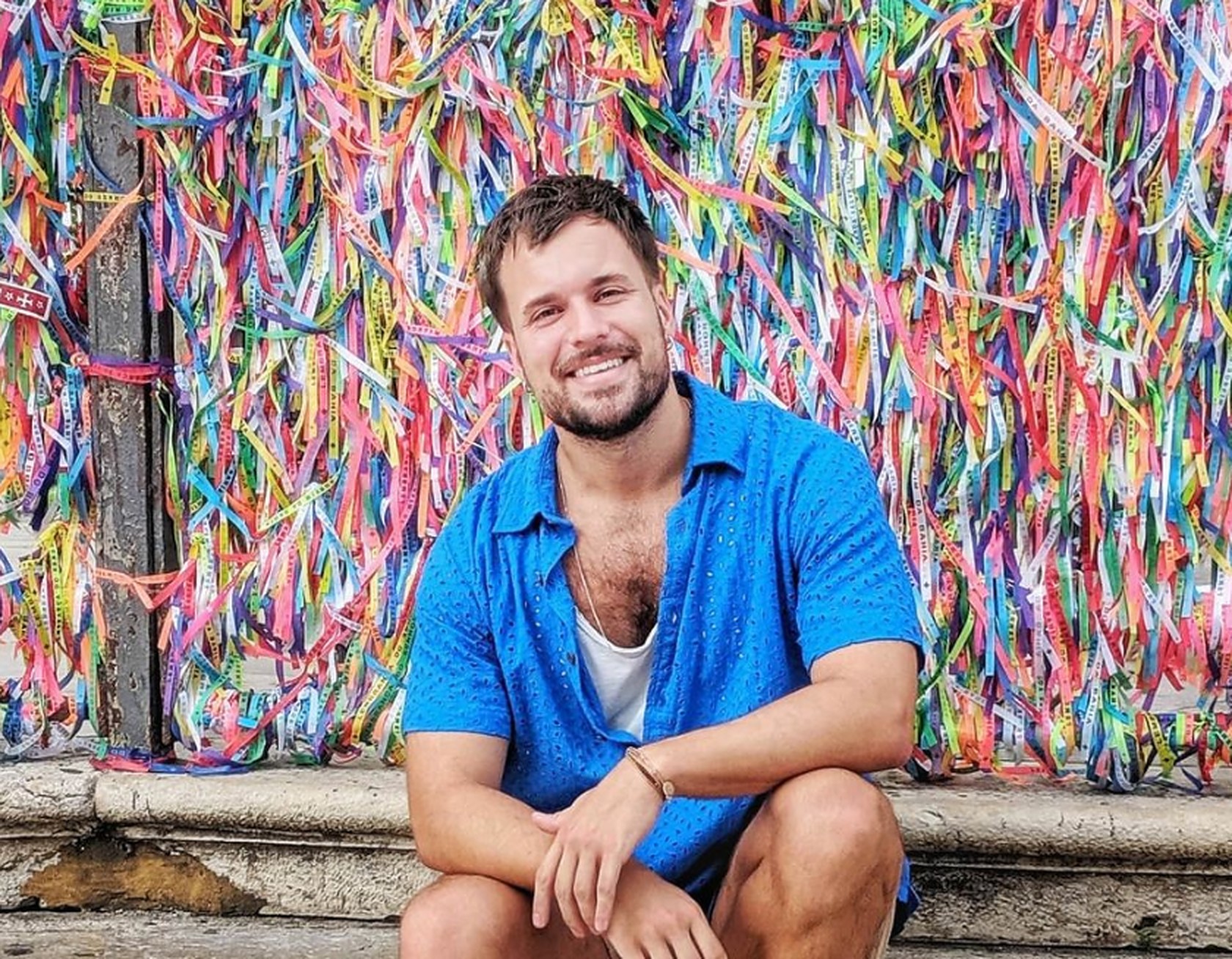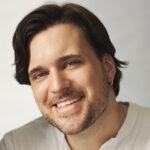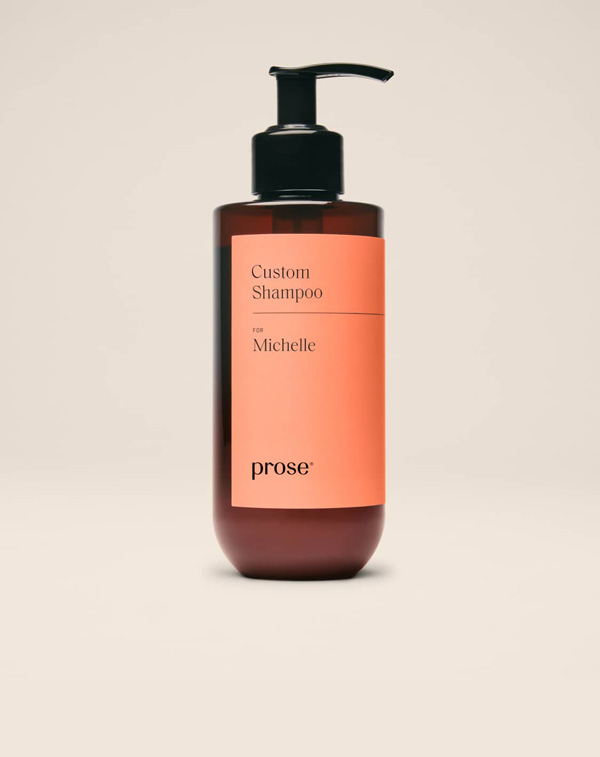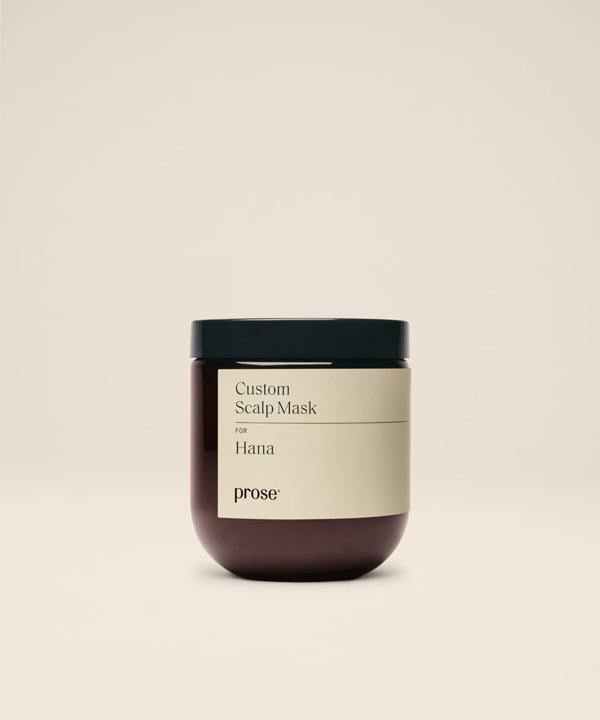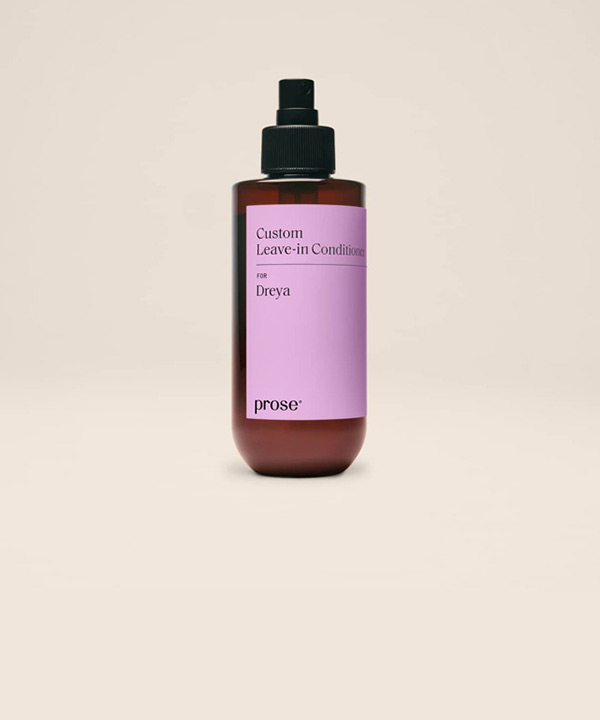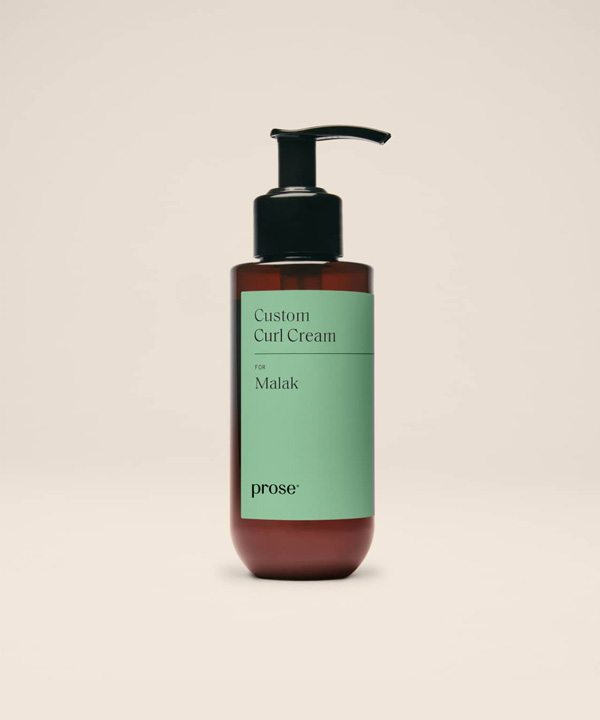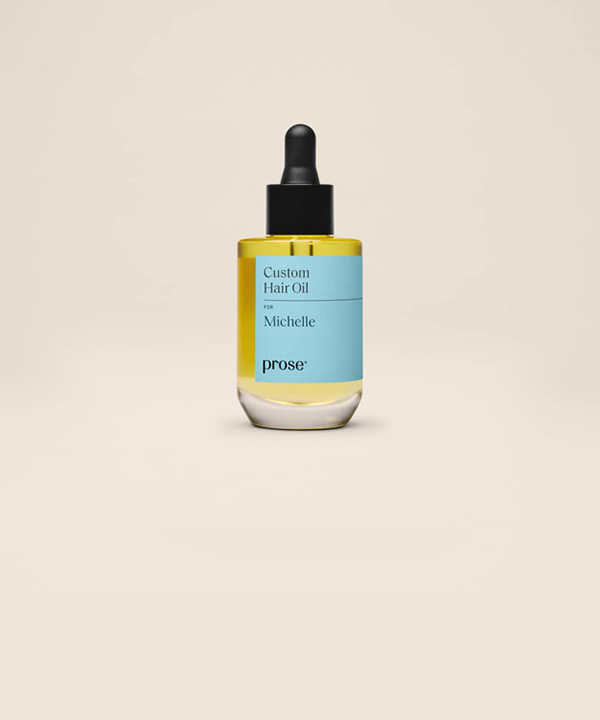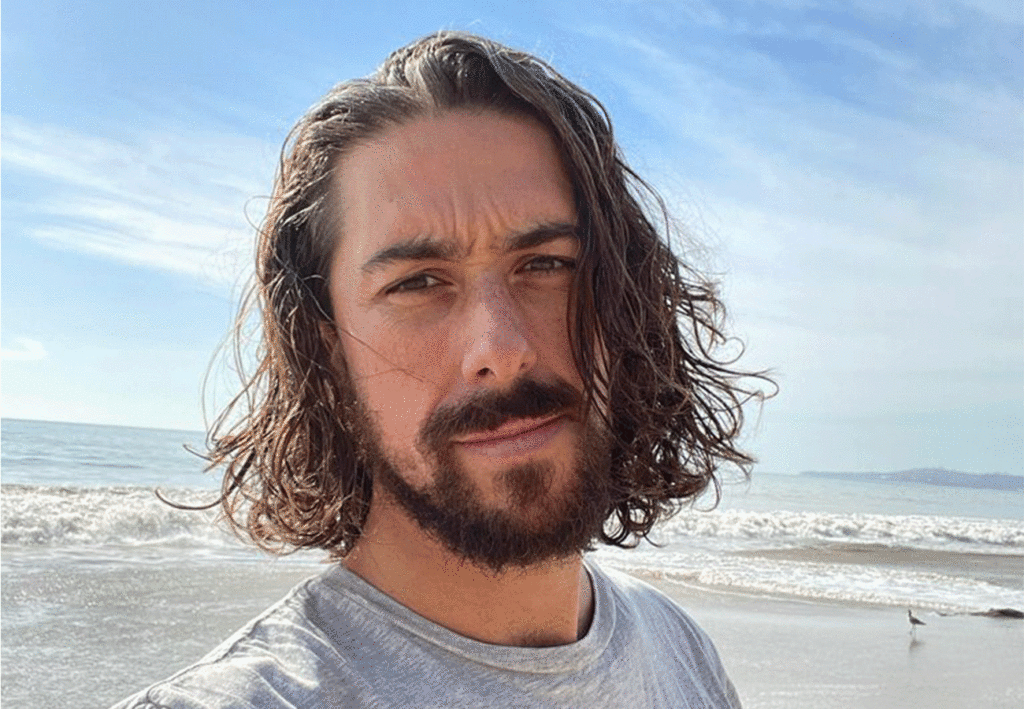And that goes for all of us—not just the guys who are concerned about hair loss. Using the right products (at the right intervals) can do wonders for the quality, fullness, and overall health of your hair. A good regimen makes hair far more cooperative, too, when it comes to styling.
To learn more about the other products you should consider using, here is the advice of Christina Marie, a Los Angeles-Based master hair and makeup artist.
1. Conditioner
Now’s the time to add conditioner to your daily (or every two days’) rotation. Marie notes that conditioners are especially important to pair with shampoo, since they can restore your hair’s moisture levels following a wash (as shampoo can strip the hair of its nutrients, while simultaneously flushing excess oil and grime). But you can also use conditioners between washes, to keep hair hydrated and buoyant on the daily—and to assist in rinsing away product buildup on the days you don’t need a full-on shampoo. (Try to limit shampooing to 2-3 times a week, at most.)
2. Leave-In Conditioner/Hair Mask
Nomenclature is a little fuzzy on these two: Some people consider leave-in conditioners the same thing as hair masks, and some people think they’re two separate things. But here are the key distinctions:
“Hair masks are a heavier and more concentrated version of regular conditioner,” says Marie. Think of them as a more heavy-duty moisture-preserving and -boosting treatment for your hair. “I love applying a hair mask at night, sleeping in it and rinsing it off in the morning, then starting my day with freshly conditioned hair,” she adds. You can do these deep-nourishing masks once every week or two.
Leave-in conditioners, on the other hand, are more of a day-time application that doubles as a lightweight styling cream (only it’s loaded with hydrating ingredients that keeps hair soft and tame). You could get away with using them daily if you like, but it’s not necessary, assuming you have a regular conditioning regimen. Instead, spray or comb them into your hair once or twice a week. You can even add a pinch of hair paste or pomade for higher hold and control.
3. Dry Shampoo
“A dry shampoo can really help with volume and styling in between hair washings,” Marie says, noting how easy it is to use these products. A simple sprinkle or spray at your roots will soak up excess oil buildup that has accumulated between washes. (And in turn, it gives hair a lift since they aren’t weighed down and rendered limp by oil accumulation.)
This makes dry shampoos optimal for the third day after wet shampooing, when you may need a slight boost to your volume and oil control, but can stave off a full-blown wash for one more day. However, if you are especially prone to hair thinning, you don’t really want to overdo it on dry shampoo, and should make sure that you wash your hair in the evening (after a morning application of dry shampoo). They tend to leave a tiny bit of product or powder buildup on the scalp, so it’s best not to use dry shampoo daily. Again, only target the roots of your hair with these products, as that’s where they’ll soak up excess grease and help give you texture and volume.
4. Curl Cream
Curls need moisture, bottom line. They need a lot of it. “Curl creams are very different from leave-in conditioners,” says Marie. “They are formulated to enhance the natural curl of the hair but also tame frizz. Anyone with wavy or curly hair could benefit from a curl cream, though any single cream will have a different effect on each type of curl.” That underscores the importance of a customized cream, or one that outlines the exact benefits you need (whether you have curls or coils, whether you want definition, whether your hair is dyed, and so forth). Some people will use a curl cream daily when styling their hair, others will use it as deemed necessary (whenever their curls are less buoyant than they prefer). Marie says to apply it to damp hair, using your fingers to help form the curl, then let the hair naturally air dry.
5. Scalp Treatment
Never overlook the scalp when it comes to your hair care regimen—especially if you are concerned about hair retention. “Your scalp is a lot like the skin on your face,” says Marie. “If you don’t wash your face, blemishes form. And if you’re not properly cleansing your scalp, then the follicles of your hair can get clogged and may cause hair loss.”
She recommends scalp treatments for their ability to cleanse and clarify the scalp properly. Plus they give you an excuse to give yourself a soothing scalp massage. Apply these treatments once weekly to a clean head, with towel-dried hair. Apply the treatment along the hair part, and then part hair in other places, applying the treatment along those parts, too. Massage it in, let the product sit for 10-15 minutes, then shampoo and condition.
6. Hair Oil
If you have medium-to-long hair, or if it’s especially thick and harder to tame, then Marie says you should consider hair oil. It’s terrific for smoothing frizz, hydrating the ends of the hair (to prevent splitting), and can even revive your hair from hot-tool damage or shield it from environmental wear. “Someone with fine hair might find hair oil to be too heavy and cause their hair to look greasy and flat,” Marie says. “Use hair oil after blow drying or after the hair has naturally dried.”
Shop products featured in this story

